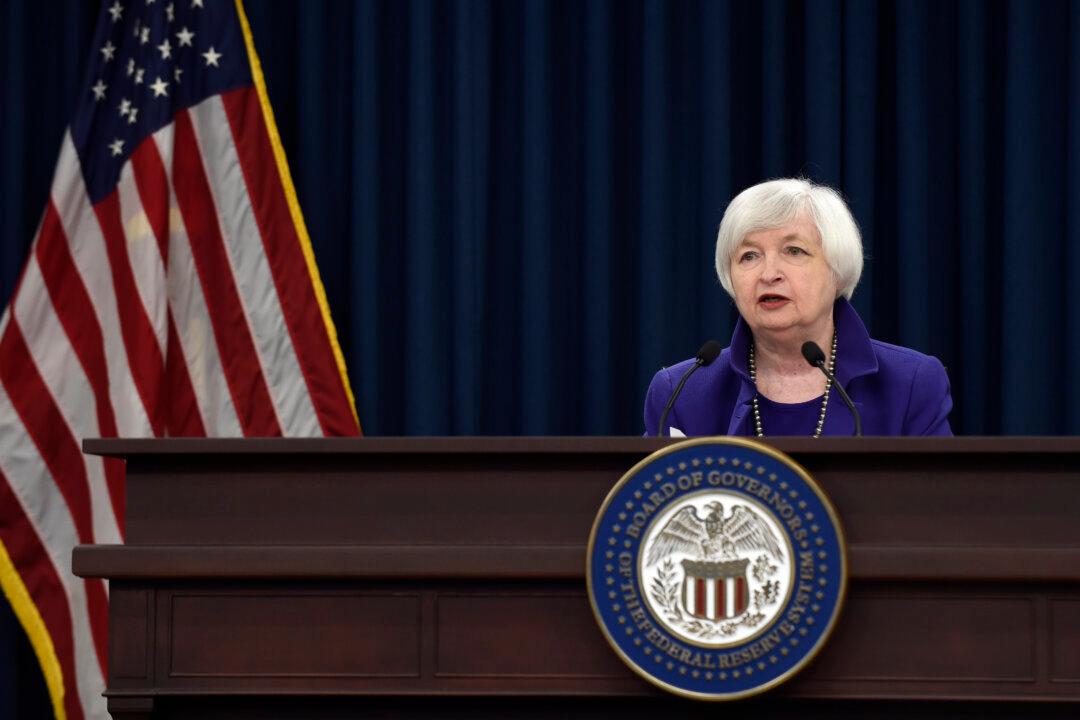So the Fed finally did it. It raised interest rates by 0.25 percent for the first time since 2006. The media and the market expected the move. What many don’t know is how it is going to do it.
Central bankers and the media often make it sound like it’s as easy as pushing a button. Imagine Janet Yellen sitting at her computer with several choices on how to set rates: 0.25 percent, 0.5 percent, 1 percent.
In this case, she would push the 0.25 button and interest rates rise overnight—after all, it is called the overnight Fed Funds Rate.
In practice it doesn’t really work like that.

St. Louis Fed





